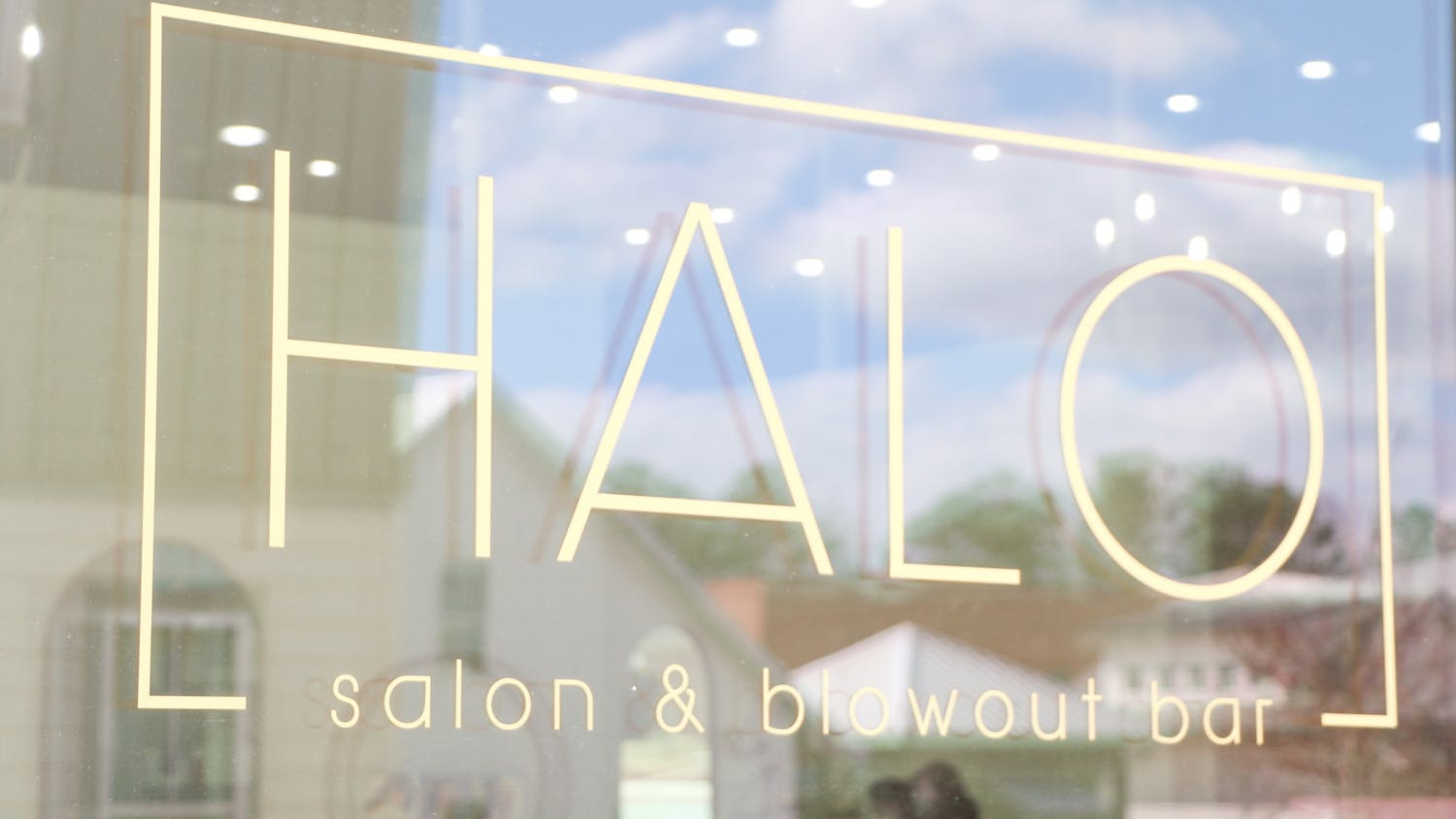Coloring hair could be to dye for.
According to the Cosmetic Toiletry and Fragrance Association, three out of every five women now dye their hair, and the number of men who use hair color is also steadily increasing.
But the chemicals in hair dye, which include peroxide and ammonia, may have adverse effects on health.
According to a University of Washington study published in the American Journal of Public Health, women who dye their hair have a 50 percent greater risk of developing non-Hodgkin's lymphoma, a cancer of the lymph tissue.
Another study by the Food and Drug Administration and the American Cancer Society hinted at an association between prolonged use--20 years or more--of darker hair dyes and cancer.
And Marshfield Clinic Cancer Center in Marshfield, Wis., also conducted a study that found a correlation between hair dye and cancer.
Conducted by Michael Huncharek and Bruce Kupelnick for PubMed Central's public health reports, the MCCC study showed a 22 percent increase in bladder cancer occurrences in conjunction with the use of personal hair dye.
Professional stylists, however, claim their techniques aren't harmful.
Lane Pearce, managing stylist at Dimensions hair salon on Magnolia Avenue, said color developer in dyes is the biggest issue.
Developer is primarily composed of hydrogen peroxide and is used to help set and intensify the color.
"Box color uses a generic developer and was made for gray, dark, light and all hair types," Pearce said. "It uses the same strength for coloring gray hair and tends to go red. It's either not strong enough or too strong for other hair colors."
Professional hair dressers, however, are able to adjust the strength of the developer to account for different hair colors and types, Pearce said. This prevents hair from becoming oversaturated with harmful chemicals.
"It's basically the same chemicals, but we can adjust it here," Pearce said. "Professional hair color is customized for specific hair colors and textures."
Pearce said another reason box color is worse for hair is because it doesn't compensate for body heat like professional dye does.
Since the generic chemicals in box color cannot be regulated or adjusted, they may react adversely with heat given off by the scalp, Pearce said, which can cause skin irritation and discoloration near the roots.
Jennifer Hennelly, freshman in psychology, has dyed her hair three times before, from dark brown to red and light brown, but is hesitant to do it again because of the cancer risks and hair-damaging effects.
"If that's true, I'm less likely to use it," Hennelly said.
The kind of dye used can effect not only physical health, Pearce said, but also cosmetic appearance as well, as box color tends to fade sooner than professional hair color.
"A lot of shampoos will strip color and make it start to go red," Pearce said. "Tanning beds also make color fade faster. The UV light fades it."
Pearce also said box color doesn't suit people with naturally lighter hair because it enhances the original color and can cause the dye to come out differently than expected.
Do you like this story? The Plainsman doesn't accept money from tuition or student fees, and we don't charge a subscription fee. But you can donate to support The Plainsman.





